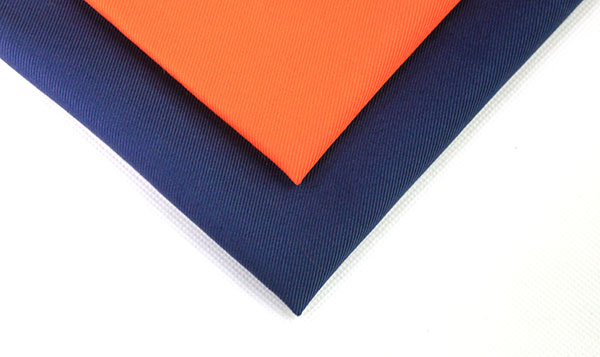


First, the flame retardant fabric can be divided according to the washing resistance standard:
1. Permanent flame retardant fabric (weaved with flame retardant fiber, no matter how many times the water is sprayed, the flame retardant effect does not change);
2. Washable flame retardant fabric (washing more than 50 times);
3. Semi-washable flame retardant fabric;
4. Disposable flame retardant fabrics (decorations, curtains, cushions, etc.).
Second, the production process of flame retardant fabrics and the use of flame retardants are roughly divided into two categories: fiber flame retardant treatment and fabric flame retardant finishing:
A. Flame retardant treatment of fiber:
1. Flame-retardant mechanism: Add some flame retardant to some flammable raw silks (such as polyester, cotton, acrylic) to inhibit free radicals during combustion; or change the thermal decomposition process of fibers to promote dehydration Carbonization; some are decomposition of the flame retardant to release a non-combustible gas covering the surface of the fiber to prevent air.
2, flame retardant treatment method
1) Improve the thermal stability of fiber-forming polymers
2) Raw silk flame retardant modification
B. Flame retardant finishing of fabrics:
1, flame retardant mechanism
1) Cover layer theory: The flame retardant can form a glassy or stable foam coating layer at high temperature, which has heat insulation, oxygen barrier, and prevents the combustible gas from escaping outward, and plays a flame retarding role.
2) Non-combustible gas theory: The flame retardant is decomposed into a non-combustible gas by heat, and the concentration of combustible gas decomposed by cellulose is diluted to below the lower limit of combustion.
3) Endothermic theory: The flame retardant reacts at a high temperature, and the temperature is lowered to prevent the combustion from spreading. In addition, the flame retardant fabric can quickly transfer heat after finishing, so that the cellulose does not reach the temperature of burning.
4) Chemical reflection theory (catalytic dehydration theory): The flame retardant reacts with the fiber as a Lewis acid at a high temperature to catalyze dehydration and carbonization of the fiber and reduce the generation of combustible gas.

1. Elastic flame retardant fabric - this fabric is blended with 95% cotton fiber and 5% spandex fiber. In addition to the excellent properties of cotton fibers, it is more flexible and has better wrinkle resistance after being made into a flame-retardant garment due to the addition of spandex yarn to make it elastic.
2. Cotton flame retardant fabric - the fabric is composed of 100% natural fiber "cotton", which has the characteristics of cotton fiber, breathable and moisture-permeable, comfortable to wear and soft to the touch. Available in a variety of sizes including twill, plain, satin and weft knitted fabrics.
3. Cotton Nylon flame retardant fabric - the fabric is blended with 88% cotton fiber and 12% nylon fiber. It has good wear resistance, better strength and softer hand feeling. Its flame retardant clothing can be worn for more than 50%, which can better prevent electric sparks, electric arcs, metal droplets and so on.
4. Cotton polyester flame retardant fabric - the fabric has more than 60% cotton fiber and 40% polyester fiber blended. It has the excellent characteristics of both cotton and polyester fibers, and has the characteristics of strong strength, good wear resistance and better wrinkle resistance.